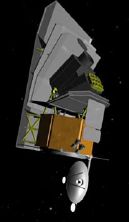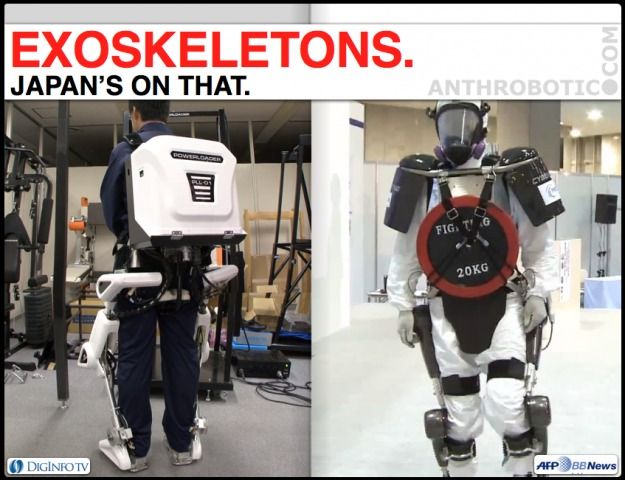Feb 6, 2013
How can humans compete with singularity agents?
Posted by Ivan Lovric in categories: ethics, futurism, philosophy, robotics/AI, singularity
It appears now that intelligence of humans is largely superseeded by robots and artificial singularity agents. Education and technology have no chances to make us far more intelligent. The question is now what is our place in this new world where we are not the topmost intelligent kind of species.
Even if we develop new scientific and technological approaches, it is likely that machines will be far more efficient than us if these approaches are based on rationality.
IMO, in the next future, we will only be able to compete in irrational domains but I am not that sure that irrational domains cannot be also handled by machines.










